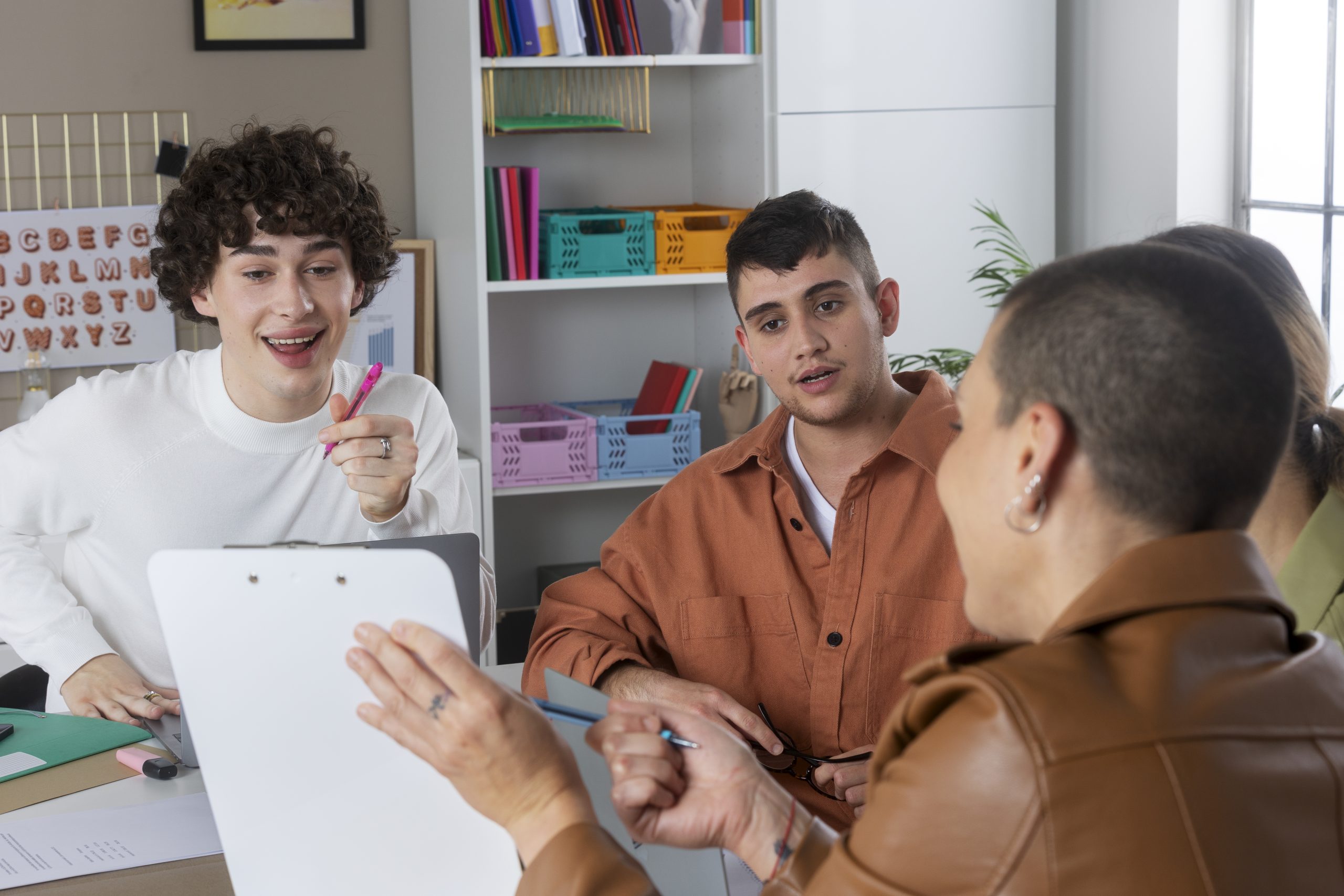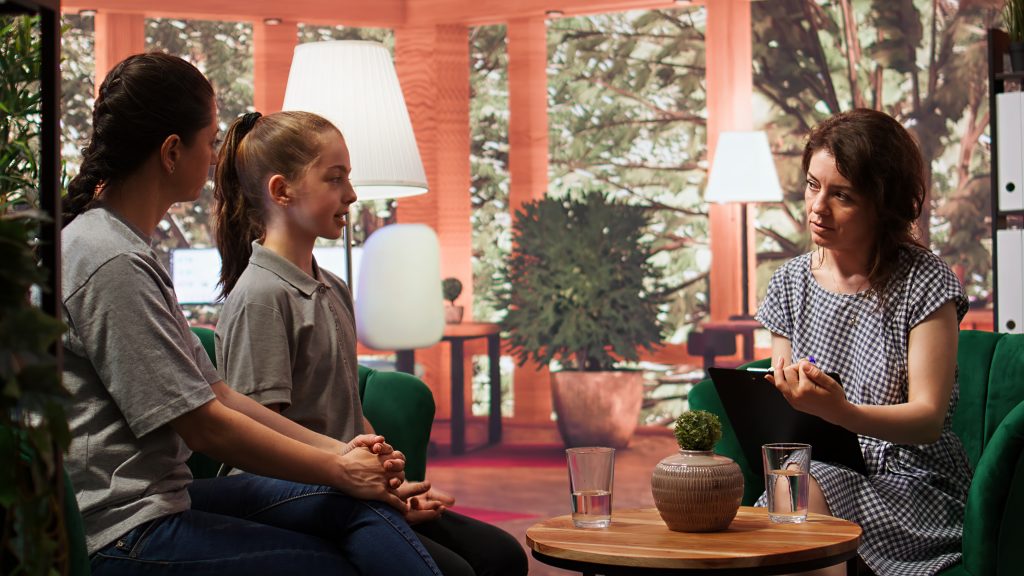Why Teacher Counsellor Collaboration Is the Missing Link in Guidance
In schools across India, teachers and counsellors both play critical roles in shaping the future of students. Teachers nurture academic growth while counsellors provide emotional and career guidance. However, when these two forces work in isolation, students often miss out on holistic support. The collaboration between teachers and counsellors is the missing link that can bridge academic learning with emotional resilience and career readiness.
Understanding the Role of Teachers and Counsellors
To appreciate the importance of collaboration, we first need to understand what each role contributes:
- Teachers: They focus on academic instruction, classroom management, and building discipline in students. Teachers interact daily with students and often notice changes in behavior, performance, and motivation.
- Counsellors: They provide emotional support, career guidance, and help students navigate personal challenges. Counsellors often work with parents and educators to ensure students are mentally and emotionally prepared for learning.
When combined, these two perspectives create a powerful support system that addresses both academic progress and emotional wellbeing.
Why Collaboration Matters
Students today face multiple challenges, ranging from exam stress to peer pressure and future career decisions. Teachers may focus on academic performance, while counsellors guide decision making. Without proper collaboration, students may receive fragmented support. A unified approach offers:
- Early Identification of Issues: Teachers can flag concerns like declining performance, and counsellors can intervene with solutions.
- Career Guidance: Teachers provide subject-specific insights, and counsellors connect these with career opportunities. For example, a student excelling in mathematics might be directed toward fields like data science or engineering. Learn more in our detailed guide on why career guidance is important.
- Emotional Support: Teachers notice behavioral changes while counsellors address underlying personal challenges.
- Holistic Development: Together, they create an environment that balances academics, life skills, and mental health.
Examples of Effective Teacher Counsellor Collaboration
Schools that prioritize collaboration between teachers and counsellors often see remarkable improvements in student outcomes. Some practical examples include:
- Joint Parent Teacher Meetings: Involving counsellors in parent discussions helps families better understand the child’s academic and personal needs.
- Career Seminars: Teachers and counsellors co-host sessions to show how subjects connect with real-world career options.
- Early Intervention Programs: Teachers share student concerns with counsellors, who then design workshops on stress management, study habits, or emotional resilience.
- Peer Mentoring Systems: Counsellors train teachers and senior students to mentor younger ones, reinforcing confidence and support.
Challenges in Collaboration
Although the benefits are clear, there are barriers that prevent effective collaboration in many schools:
- Lack of Awareness: Teachers may not fully understand the counsellor’s role, and vice versa.
- Time Constraints: Teachers often have busy schedules, leaving little time to collaborate with counsellors.
- Insufficient Resources: Some schools may not have dedicated counsellors or proper training programs for teachers.
- Cultural Mindset: In certain communities, seeking guidance from a counsellor is still considered unnecessary or stigmatized.
How Schools Can Foster Collaboration
To unlock the full potential of teacher counsellor collaboration, schools need to implement structured systems:
1. Regular Communication
Establish weekly or monthly meetings between teachers and counsellors to discuss student progress, challenges, and solutions.
2. Joint Training Sessions
Organize professional development programs where teachers learn basic counselling techniques and counsellors understand classroom dynamics. For global best practices, schools can explore resources like ASCA (American School Counselor Association).
3. Integrated Curriculum Support
Design activities where academic learning aligns with emotional and career guidance. For example, a history project could include research on career opportunities in heritage management.
4. Parental Involvement
Encourage parents to view teachers and counsellors as a team. Joint workshops can help parents understand how academic and personal guidance together shape student growth.

The Impact on Students
When collaboration is strong, students experience benefits such as:
- Improved academic performance due to reduced stress.
- Stronger self confidence and decision making skills.
- Clearer career pathways aligned with strengths and interests.
- Better relationships with peers, teachers, and parents.
Future of Teacher Counsellor Collaboration in India
As schools in India increasingly recognize the value of career counseling, collaboration will become more common. With the introduction of AI powered guidance platforms like EDVDO, teachers and counsellors can access data-driven insights into student abilities and preferences. This ensures that guidance is personalized and effective. To understand the importance of this shift globally, you can refer to UNESCO’s education resources.
Conclusion
Teacher counsellor collaboration is not just a good practice but a necessity in modern education. Without it, students may receive incomplete guidance that focuses only on academics or only on personal wellbeing. By working together, teachers and counsellors can provide the comprehensive support system students need to succeed in academics, careers, and life. Schools, parents, and policymakers must take steps to ensure that this collaboration becomes a standard practice across India.



